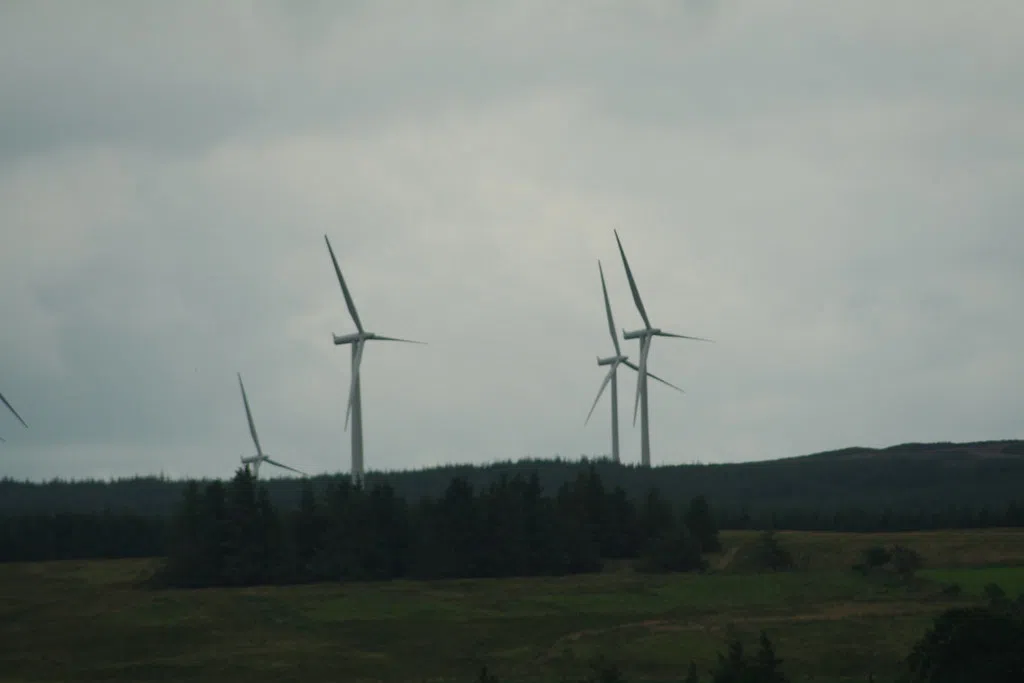A new energy project in the quad counties could be the largest in Atlantic Canada.
EverWind Fuels is proposing to build 404 wind turbines in multiple locations to power their green ammonia and green hydrogen plant in Point Tupper.
Vice president of power Brendan Chard said he’s excited about this project.
“We think it’s going to create meaningful benefits for the province, for local communities, where the wind and hydrogen production facilities are located, and with First Nations partners,” said Chard.
“The climate change phenomenon is real. It’s a big problem, and we’re looking for big solutions, like our project, to help.”
He said the project could create about 780 fulltime jobs. About 100 would work at the facility and about 680 would have adjacent work related to the project. He said they estimate about 160 other jobs would be created because of “increased economic activity” from the project.
In the first phase of the project, the turbines will be hooked up to the Nova Scotia power grid.
In the second phase, when the ammonia and hydrogen production facility is built onto the existing Marine Terminal, the wind turbines will power that facility.
Chard said that NS Power could ask them to switch their turbines to the provincial power grid if there’s strain on the grid, like in the winter, when home heating requires a lot of electricity.
How ammonia production works
To make ammonia, the first step is to make hydrogen. By running electricity through water, they can separate the hydrogen from the oxygen in water molecules, a process called electrolysis.
Once the hydrogen is separated, they take nitrogen from the air and combine them to create ammonia.
The ammonia can be stored and transported, Chard said.
“It has a lot of uses today in agriculture as a fertilizer, as well as in chemical production. It also can be converted back to hydrogen to be used directly in applications that use hydrogen today, such as refining or green steelmaking,” he said.
Because they are using wind turbines to power the facility, their electrical source to separate the hydrogen is renewable, or green. Some other forms of hydrogen and ammonia production aren’t green because they use fossil fuels like coal to produce the electrical current, and those aren’t renewable sources.
They plan to ship the ammonia and hydrogen overseas because there’s a large market in Europe, where they have “some pretty strict quotas” to reduce greenhouse gas emissions.
There isn’t a large demand right now for green hydrogen and ammonia in Nova Scotia. Although, when there is more demand in Nova Scotia, Chard said they would like to sell it here, too.
Point Tupper the ideal location
EverWind chose Point Tupper because they already have the Marine Terminal there, which they’ll use for the hydrogen and ammonia facility. Plus, they can ship from that location.
But Chard said Atlantic Canada in general has great wind currents as well.
He hopes construction could start by the end of this year, with operations opening up in 2026.











